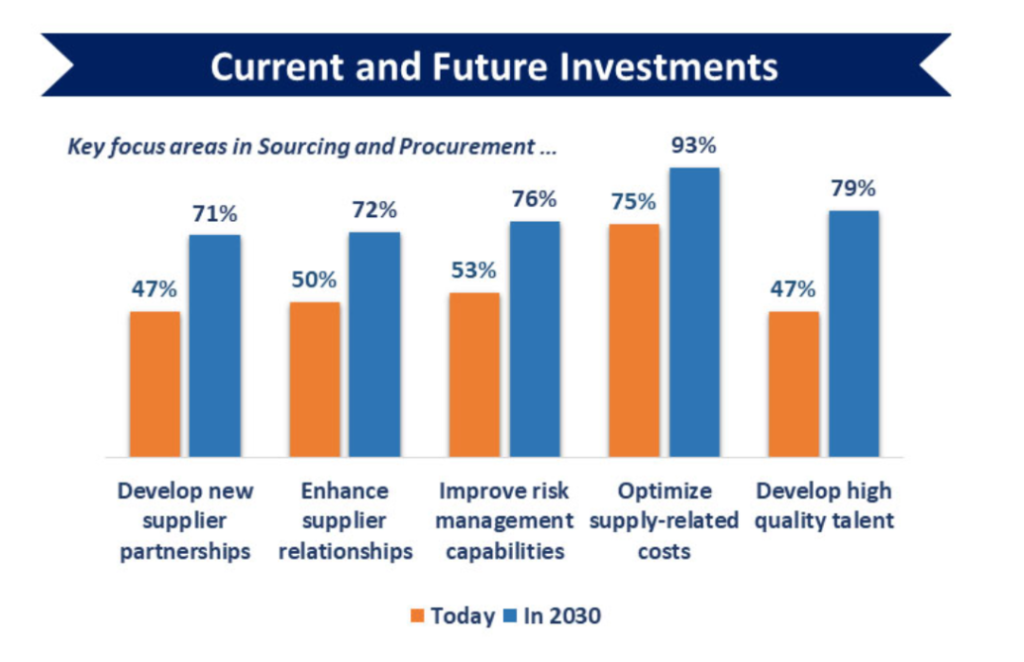Supply Chain Optimization – Boosting Efficiency and Improving Profitability

For ecommerce stores, a well-optimized supply chain can make all the difference in achieving success. A streamlined and efficient supply chain not only ensures that products get to customers quickly and smoothly, but it can also greatly cut costs and increase profits. Today we’ll explore some key strategies that ecommerce stores can use to optimize their supply chain and boost both efficiency and profitability. Whether you’re an established business owner or a budding entrepreneur, these tips are worth hearing in order to help take your business to the next level.
Leverage Technology and Automation
Ecommerce stores can benefit greatly from using technology and automation to optimize their supply chain processes. Software tools like inventory management systems, order processing software, and shipping and tracking programs can help streamline operations and eliminate manual processes. Additionally, the benefits of those systems will also trickle over to other aspects of your business, such as; customer service, finance and accounting, and simplify your employees daily tasks.
Build Strong Relationships with Suppliers and Carriers
Establishing strong relationships with suppliers and carriers can be crucial in optimizing your supply chain, as well as building a successful business. By fostering trust and communication with your suppliers, you can reduce lead times, minimize inventory stock-outs, and negotiate better pricing. Similarly, developing good relationships with carriers can help meet delivery deadlines and ensure that products are delivered in good condition.
Optimize Inventory Management
Having too much inventory can be costly for ecommerce stores, tying up working capital and leading to back stock of goods becoming outdated or no longer wanted.. Conversely, having too little inventory can lead to missed sales opportunities and frustrated customers. Optimal inventory management involves careful monitoring of stock levels, tracking sales trends and seasonality, and forecasting demand accurately to ensure the right inventory levels at the right time. By addressing the issues of overstocking and understocking, it’s estimated that businesses can achieve an average of 10% reduction in inventory costs throughout the year.
Utilize Data Analytics
Data analytics can provide valuable insights into supply chain performance, allowing ecommerce stores to monitor and optimize their operations. By tracking metrics such as lead times, inventory turnover, and shipping accuracy, you can identify areas where improvements can be made. Also, using predictive analytics can help you anticipate demand spikes and make strategic decisions ahead of time.
Continuously Improve and Adapt
Finally, a successful supply chain optimization strategy requires continuous improvement and adaptation to changing market conditions. Ecommerce stores should always be looking for ways to streamline processes and reduce costs, while also staying aware of industry trends and emerging technologies. By staying flexible and adapting quickly, you can keep your supply chain optimized at every level.

Supply Chain Investment Areas [Source: Supply Chain Quarterly]
Optimizing your supply chain is an essential part of running an ecommerce business. A crucial first step in the process is assessing your current supply chain for weaknesses and identifying areas that can be improved. It’s recommended to start by locating small components of your supply chain first, such as making sure you’re getting the best rates with your shipping carriers, or eliminating the unnecessary packaging that’s adding weight to your packages. From there you can start tackling some of the more time consuming challenges, like developing relationships with new and existing suppliers, and training employees on the steps they can take to reduce costs during their day-to-day operations. When assessing your own supply chain, it’s important to observe the actions your competitors are taking in order to understand the challenges they are facing. By doing so, you will gain a better understanding of what you can do to optimize your supply chain, and ultimately increase your profitability and customer experience.